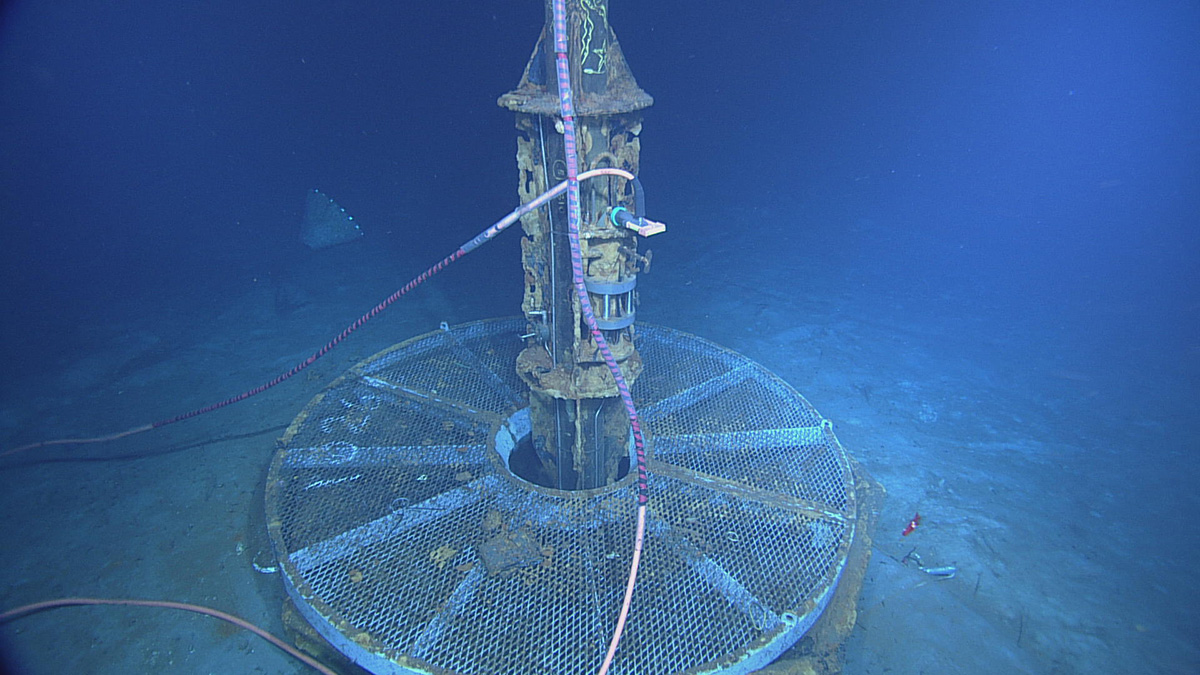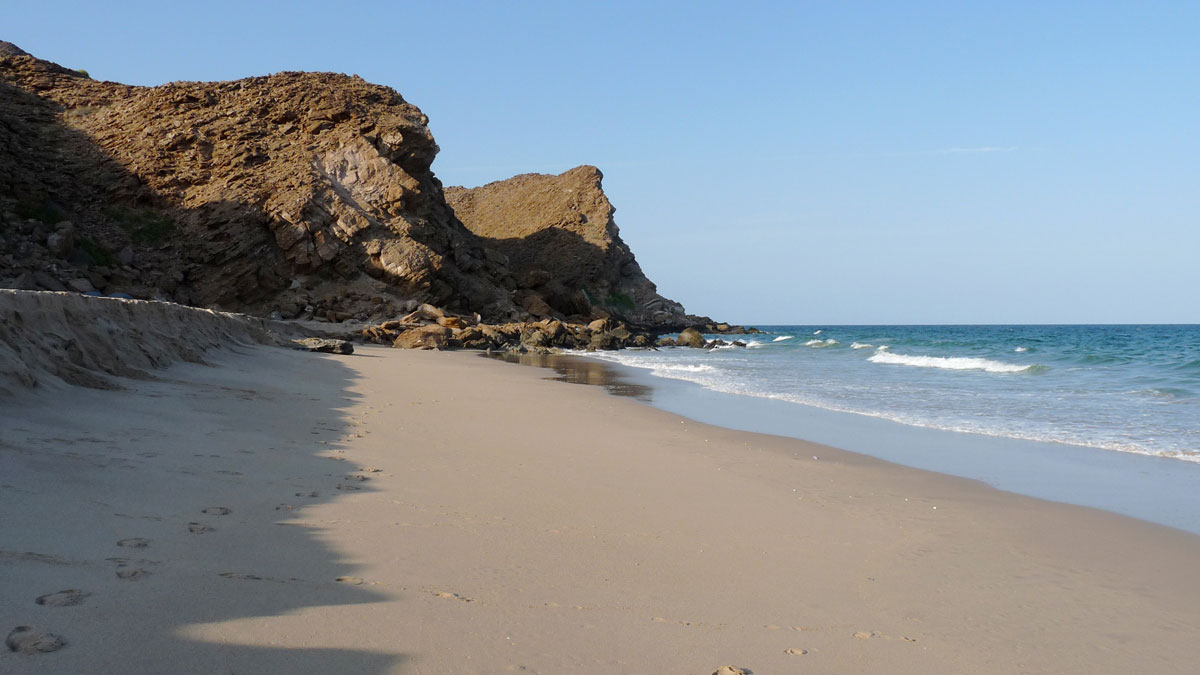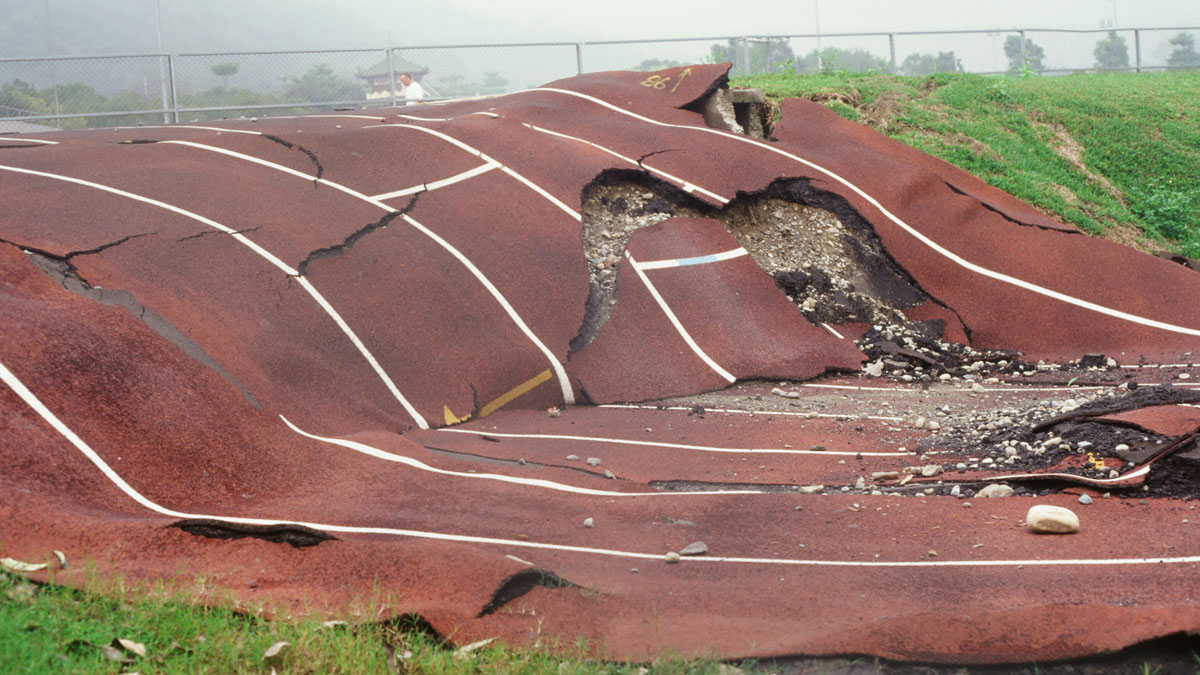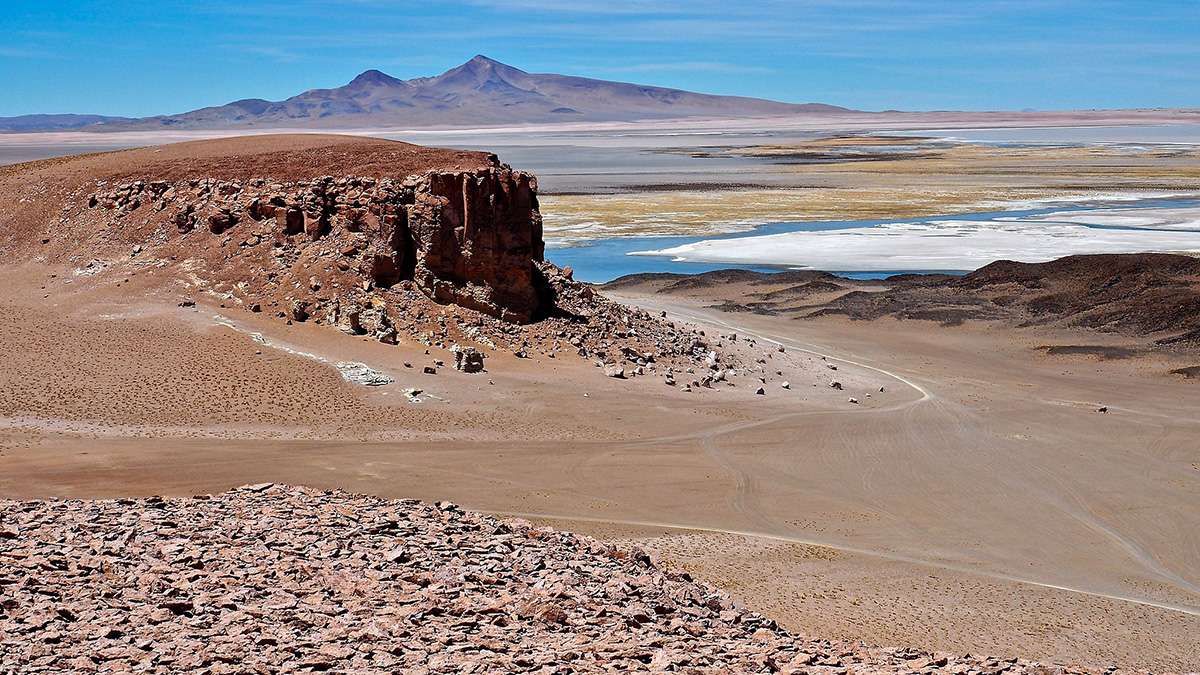Rainfall varies with elevation, and such precipitation gradients can have profound and often counterintuitive effects on topography.
Research Spotlights
Research spotlights are plain-language summaries of recent articles published in AGU’s suite of 24 journals.
Climate Change Could Reshape Pathogen Profile of Diarrheal Disease
An illness caused by rotavirus could recede as temperatures warm, whereas wetter conditions might favor some bacterial competitors.
The Role of Magma in the Birth of the Atlantic Ocean
High-resolution seismic models of the Nova Scotia margin reveal a role for magmatism in continental breakup, even at magma-poor sections of the eastern North American margin.
Radiometric Dating Sheds Light on Tectonic Debate
The emplacement of the Samail Ophiolite in Oman has been a source of disagreement among geologists. New state-of-the-art research offers a fresh perspective on its timing and geometry.
Rethinking How Valley Fever Spreads
Scientists have long assumed that dust storms lead to infections with the desert soil fungus Coccidioides, but new evidence suggests otherwise.
Rising Trend Predicted for Conditions Linked to Severe Storms
Climate modeling predicts that conditions conducive to severe thunderstorms will arise more often as Earth warms.
Understanding Rare Rain Events in the Driest Desert on Earth
A new study reveals the atmospheric paths of storm events that can deliver a decade’s worth of rain in a few hours to the Atacama Desert.
Scientists Turn Back Time to Track Methane Emissions on Mars
Period spikes of methane on Mars could originate inside Gale crater, where NASA’s Curiosity rover is currently exploring.s










